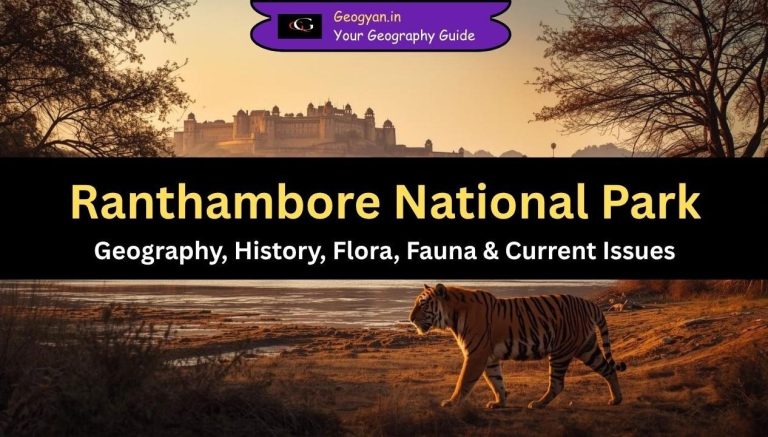In the annals of German geography, Oscar Peschel emerges as a transformative figure who dared to reshape the contemporary landscape, defying the established norms of geographic heritage laid down by luminaries such as Humboldt and Ritter. Peschel, hailed as Germany’s foremost geographer before the full embrace of Darwinism, navigated the post-Darwinian era with an astute understanding of evolution’s profound implications on Earth’s features and human societies.
For Oscar Peschel, geography transcended mere description; it was a systematic, empirical science. His methodological approach encompassed keen observation, drawing inferences from these observations, and refining them through continuous scrutiny. Driven by an unwavering respect for natural law, Peschel ventured into the realm of causal classification, unraveling the intricate relief features of the Earth’s surface.
At the age of 45, Oscar Peschel assumed the role of a geography professor at Leipzig in 1871, marking a pivotal moment in his academic journey. The publication of his 1865 work, ‘Geschichte der Erdkunde’ (History of Geography), sent ripples through Germany’s academic circles. Delving into the history of geography, Oscar Peschel introduced the term ‘Vergleichend’ to denote a method of investigation that compared different forms of a particular relief type. This approach aimed to unveil intermediate stages, offering insights into their modes of formation.
Oscar Peschel’s studies extended to the fjorded coasts with intricate indentations on the western sides of continents in higher middle latitudes. Proposing a hypothesis that fjords were fissures in the Earth’s crust occupied and shaped by glaciers, Oscar Peschel pursued causality with a purely mechanical perspective, devoid of any inherent purpose.
In 1870, his systematic studies on fjords, lakes, islands, valleys, and mountains culminated in ‘Neue Problem der vergleichenden Erdkunde als Versuch einer Morphologie der Erdoberflache.’ This seminal work aimed to infuse a scientific spirit into geography, leading geographers to prioritize the morphology of landforms. The concept of scientific morphology, developed in his two volumes of papers titled ‘Physische Erdkunde,’ found its foundations in the training of geographers as geologists.
Peschel’s academic fervor extended beyond the physical features of the Earth’s surface; he delved into the influence of landforms on human history. His morphological research sparked a renaissance in contemporary German physical geography, shifting interest from ‘Landerkunde’ to specialized systematic studies. Although reminiscent of Humboldt, Peschel’s approach did not revive Humboldt’s broad interest in all aspects of physical geography or his idealistic emphasis on the unity of nature.
The new guise of systematic studies became highly specialized, led by scientists who were primarily geomorphologists and climatologists, and secondarily geographers. Peschel’s genetic classification of relief types laid the groundwork for the formulation and advancement of geomorphology, recognizing the dualism inherent in geography. While Peschel excluded the study of man, he dedicated his scientific energies and teachings to both realms, making noteworthy contributions to the understanding of the Earth’s physical features and conducting serious investigations into the races and cultures of humankind, defined in his era as ‘Volkerkunde.’
Tragically, Peschel’s untimely demise at the age of 49 dealt an irreparable blow to the emerging ‘new geography’ in Germany. His potential peak productivity was curtailed, leaving a void just as his university position poised him to make significant contributions. Oscar Peschel’s legacy endures as a trailblazer who revolutionized the paradigms of German geography, leaving an indelible mark on the scientific exploration of both the Earth’s physical features and the complexities of human societies.





























